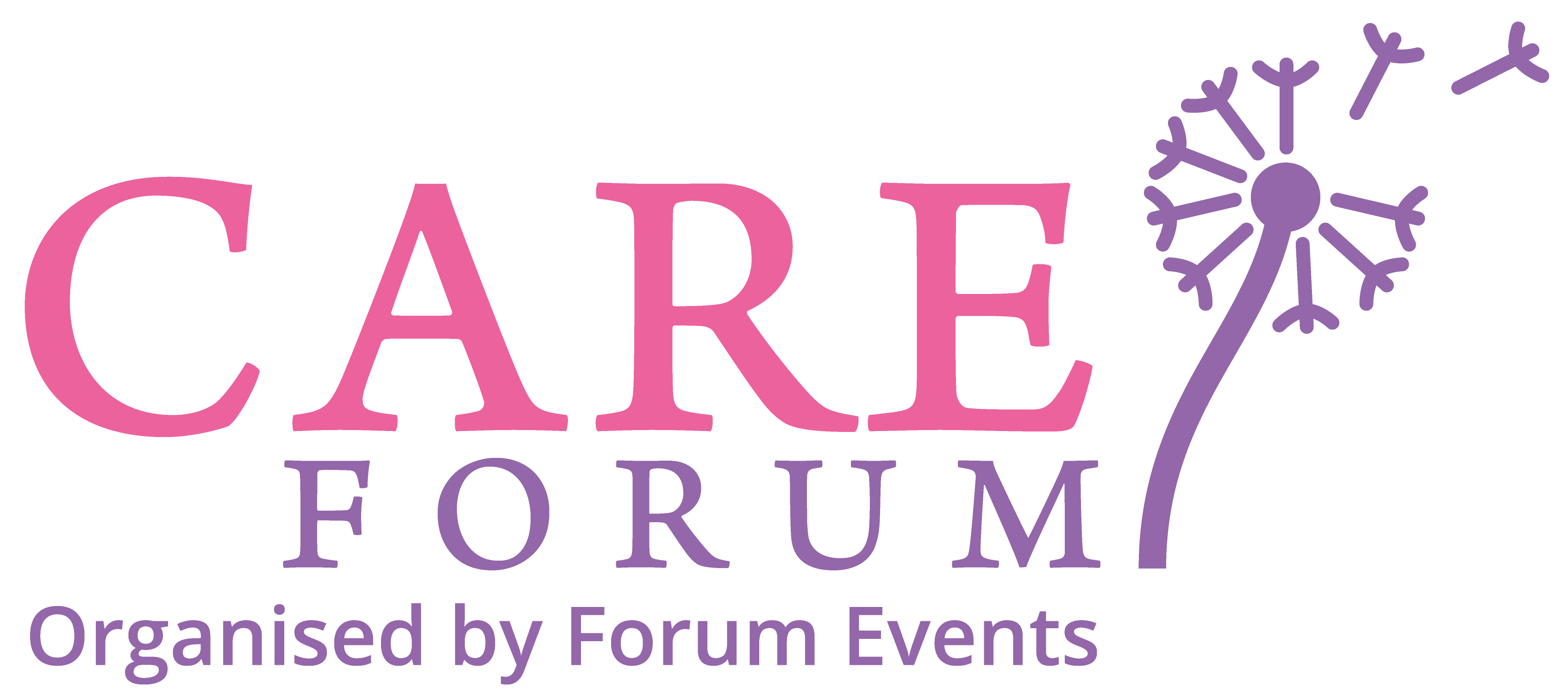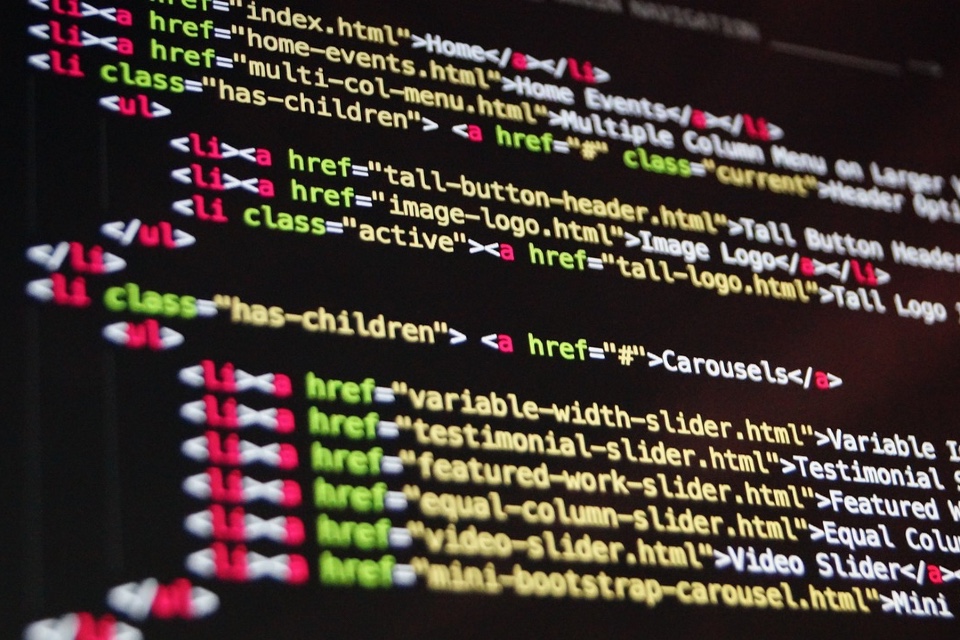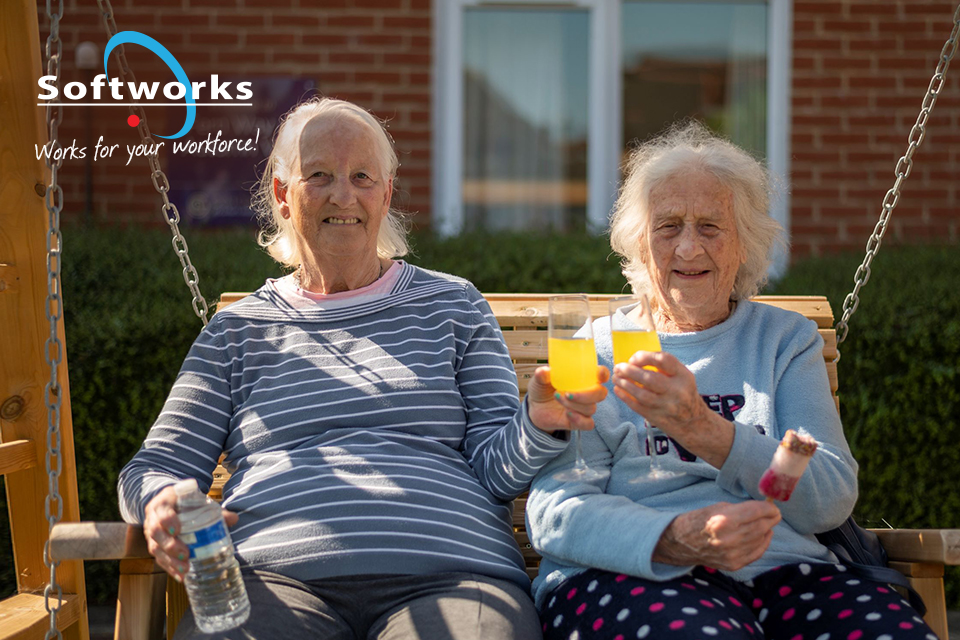Care home facilities are constantly looking for innovative ways to enhance the quality of care provided to residents. One such advancement that has made waves in the sector is remote monitoring software. This technology has brought about a transformative change, enabling care home Managers to ensure optimum care levels. Let’s delve into how this software aids in refining the caregiving approach…
- Proactive Health Monitoring: The primary benefit of remote monitoring software is its ability to continuously track residents’ vital signs and other health indicators. This real-time data collection allows care managers to detect any anomalies or potential health issues early on. Swift identification of health irregularities ensures timely intervention, preventing more severe complications and hospital admissions.
- Enhanced Safety Protocols: Safety is paramount in care homes. With remote monitoring tools, care home managers can ensure that residents don’t engage in potentially harmful activities. For instance, bed and door sensors can alert staff if a resident prone to falls attempts to leave their bed unaided during the night.
- Data-Driven Care Plans: With continuous data acquisition, care home Managers can tailor care plans to individual needs. Analytical insights provided by the software allow managers to observe patterns, such as deteriorating mobility or changing sleep habits, and adjust care provisions accordingly.
- Reducing Carer Burnout: Remote monitoring reduces the need for manual checks, especially during nighttime hours. This alleviation can significantly decrease staff fatigue. When caregivers are well-rested and less stressed, they’re more likely to provide compassionate, attentive care, enhancing the overall environment of the care home.
- Empowering Families: Modern remote monitoring systems often come with features that enable family members to access real-time updates about their loved ones. This inclusivity fosters trust and assures families that their relatives are receiving the best possible care.
- Optimised Resource Allocation: By providing a clearer picture of residents’ needs, remote monitoring enables care home managers to allocate resources more effectively. For instance, if the software indicates that a particular resident requires more frequent checks due to health fluctuations, staffing can be adjusted to meet this need.
- Regulatory Compliance: With increased scrutiny on care homes to maintain high standards, having an integrated monitoring system can help demonstrate compliance with regulatory bodies. Detailed records can be beneficial during inspections, showcasing the facility’s dedication to maintaining and enhancing care quality.
The integration of remote monitoring software in care homes represents a fusion of technology and compassion. Care home Managers, equipped with real-time data and analytical insights, are better positioned to make informed decisions that genuinely resonate with each resident’s unique needs. As the caregiving sector evolves, it’s imperative to embrace such advancements to continue offering exceptional care that upholds the dignity, safety, and well-being of every resident.
Are you looking for remote monitoring software for your care home business? The Care Forum can help!






